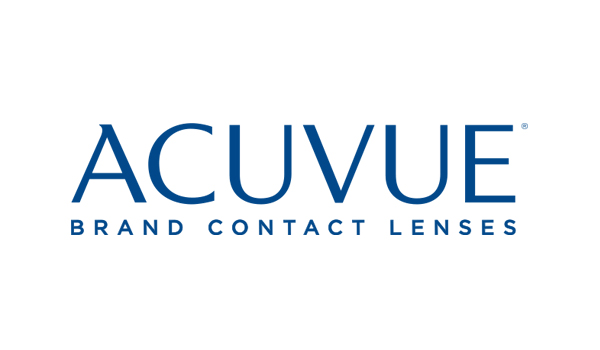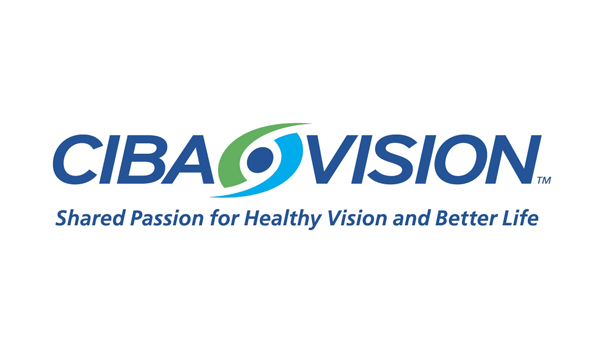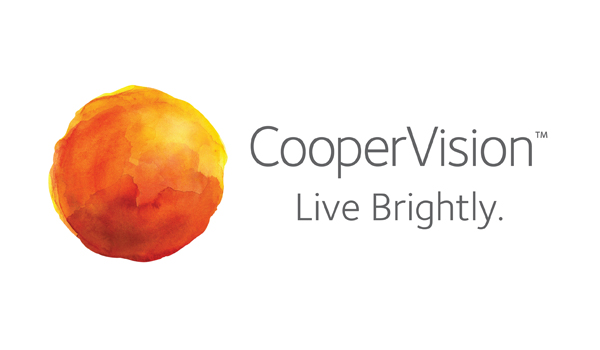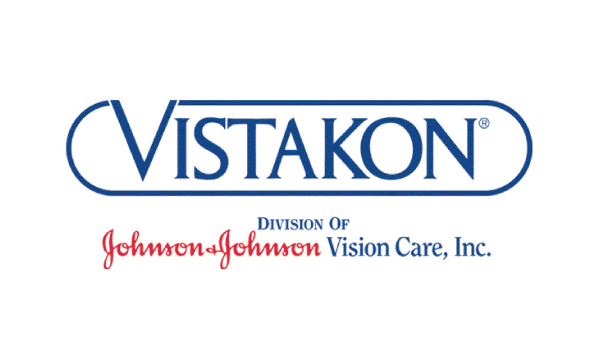Enhance Your Vision With Contact Lenses – Contact lenses options are more versatile than ever before and there are contacts for every type of vision correction, including astigmatism and presbyopia. Shettle Family Eye Care & Eye Wear specializes in finding solutions for patients who want the freedom of wearing contact lenses that will fit your individual vision and lifestyle needs. We maintain a large in-office trial lens inventory of re-usable and disposable daily and extended wear soft lenses, gas permeable rigid lenses, bifocal and post-cataract lenses, and therapeutic contact lenses for corneal disease or trauma. Dr. Scott Shettle screens potential contact lens patients carefully before fitting. Not every patient who has the desire for contact lenses is a good, safe candidate for contact lens wear. We stress frequent follow-up care for our contact lens patients. Contact lens wear, especially extended wear, without proper instruction, supervision and follow-up care by a doctor can be sight-threatening. We are not only concerned with safe and comfortable contact lens wear for the present; we want to provide continued lens wear well into the future.
Soft Contact Lenses – Soft contact lenses are made of soft, flexible plastics that allow oxygen to pass through to the cornea. Soft contact lenses may be easier to adjust to and are more comfortable than rigid gas permeable lenses. Newer soft lens materials include silicone-hydrogels to provide more oxygen to your eye while you wear your lenses.
Rigid Gas Permeable (RGP) Contact Lenses – Rigid gas permeable contact lenses (RGPs) are more durable and resistant to deposit buildup. They tend to be less expensive over the life of the lens since they last longer than soft contact lenses. They are easier to handle and less likely to tear. However, they are not as comfortable initially as soft contacts and it may take a few weeks to get used to wearing RGPs, compared to several days for soft contacts.
Extended Wear Contact Lenses – Extended wear contact lenses are available for overnight or continuous wear ranging from one to six nights or up to 30 days. Extended wear contact lenses are usually soft contact lenses. They are made of flexible plastics that allow oxygen to pass through to the cornea. There are also a very few rigid gas permeable lenses that are designed and approved for overnight wear. Length of continuous wear depends on lens type and your eye care professional’s evaluation of your tolerance for overnight wear. It s important for the eyes to have a rest without lenses for at least one night following each scheduled removal.
Disposable (Replacement Schedule) Contact Lenses – The majority of soft contact lens wearers are prescribed some type of frequent replacement schedule. “Disposable,” as defined by the FDA, means used once and discarded. With a true daily wear disposable schedule, a brand new pair of lenses is used each day. Some soft contact lenses are referred to as “disposable” by contact lens sellers, but actually, they are for frequent/planned replacement. With extended wear lenses, the lenses may be worn continuously for the prescribed wearing period (for example, 7 days to 30 days) and then thrown away. When you remove your lenses, make sure to clean and disinfect them properly before reinserting.
Decorative (Plano) Contact Lenses – Some contact lenses do not correct vision and are intended solely to change the appearance of the eye. These are sometimes called plano, zero-powered or non-corrective lenses. For example, they can temporarily change a brown-eyed person s eye color to blue, or make a person s eyes look weird by portraying Halloween themes. Even though these decorative lenses don t correct vision, they are regulated by the FDA, just like corrective contact lenses.
